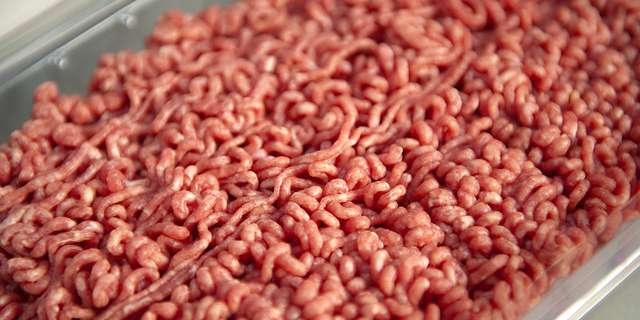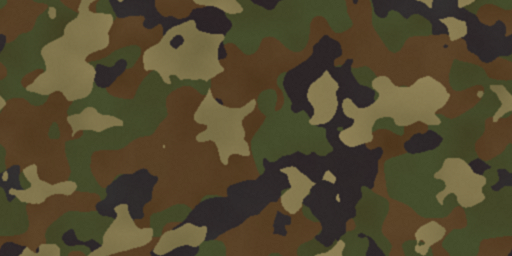Boatbuilders use polyurethane to protect and extend the life of their boats. Image Credit: Unsplash user Jon Flobrant
It takes a lot of work to refinish an old wooden boat and restore it to its former glory. Any holes must be patched and rotten wood replaced. The entire body of the boat must be sanded down, inch by inch, and the boards must be caulked to make it watertight. It is time-consuming, exacting labor, the results of which must be preserved using a protective substance designed to keep the wood from rotting all over again. This is where polyurethane comes in.
Polyurethane is widely used in woodworking for its protective properties. Considered essential by homeowners, craftsman, furniture makers, and contractors, polyurethane forms a protective, waterproof coating for wooden surfaces, enhancing the durability and lengthening the life of all forms of wooden objects. Typically, polyurethane is intended to be entirely clear to preserve the color of the natural wood or chosen stain. However, some oil-based polyurethanes can add a slight hue to the color of the wood they protect.1
Those who work with polyurethane depend on manufacturers for color consistency, whether they are protecting a carefully chosen stain or preserving the beauty of natural, unstained wood. As such, polyurethane must be transparent or deliver a predictable hue to allow woodworkers to realize their vision. Manufacturers who produce consistent, high-quality polyurethanes are much more appealing to customers than those who do not, as woodworkers know they can depend on these polyurethanes to bring out the best in their products both functionally and aesthetically. In order to develop and capitalize on the advantage provided by consistently colored coatings, manufacturers must employ end-to-end color quality assurance processes using modern spectrophotometric instruments.
Polyurethane coatings protect richly colored wood. Image Credit: Unsplash user Ryan Riggins







